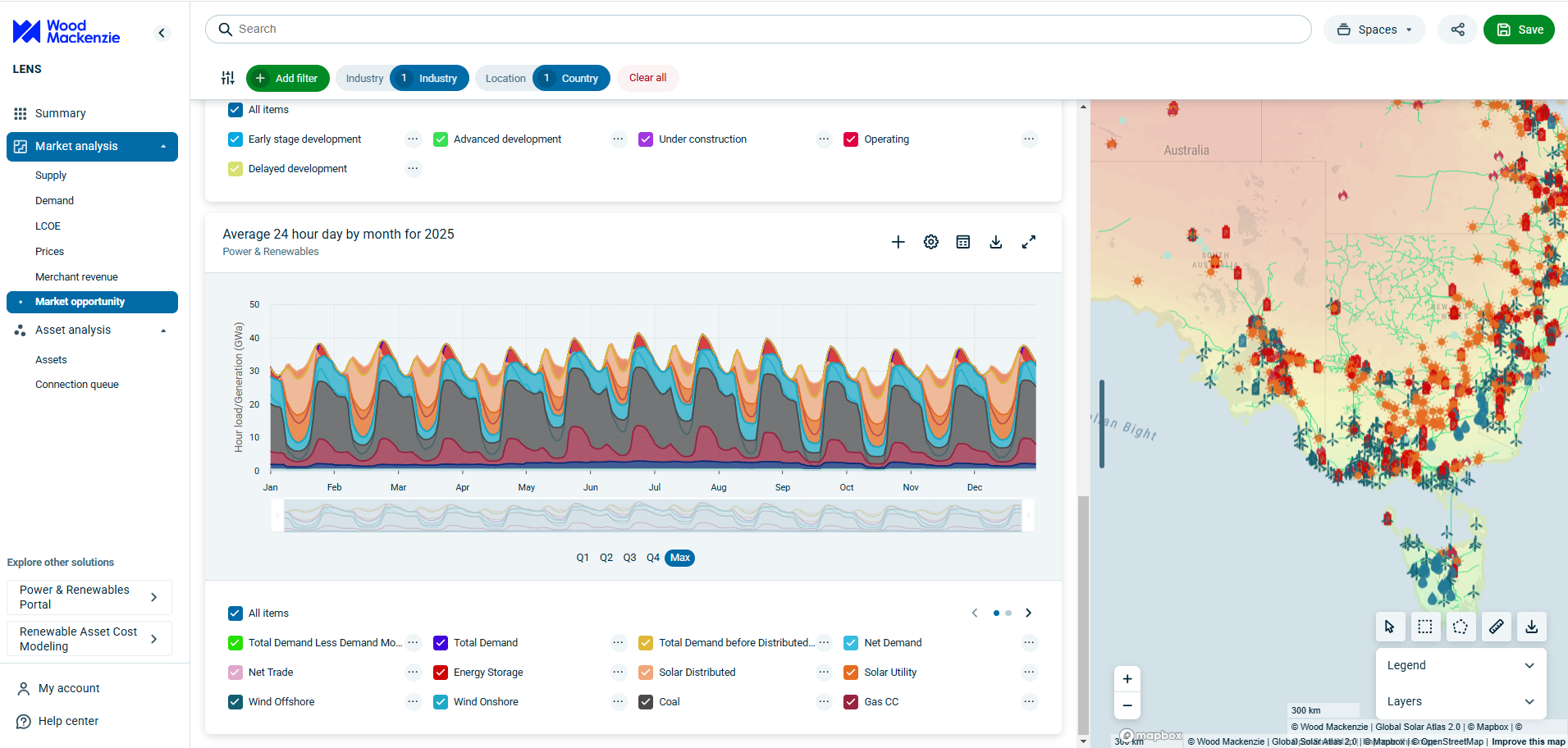Sign up today to get the best of our expert insight in your inbox.
Tariffs - implications for the oil and gas sector
A serious test of resilience built on capital discipline
3 minute read
Simon Flowers
Chairman, Chief Analyst and author of The Edge

Simon Flowers
Chairman, Chief Analyst and author of The Edge
Simon is our Chief Analyst; he provides thought leadership on the trends and innovations shaping the energy industry.
Latest articles by Simon
-
The Edge
Tariffs - implications for the oil and gas sector
-
The Edge
Big Mining pivots to copper for growth
-
The Edge
What a future Ukraine peace deal means for energy (Part 2)
-
The Edge
What a future Ukraine peace deal means for energy (part 1)
-
The Edge
How gas could displace renewables in meeting surging US data centre demand
-
The Edge
Majors' capital allocation in a stuttering energy transition
The oil and gas sector has been whiplashed by the Trump tariffs, shares falling by 15% on average after the announcements on April 2nd before bouncing back on the ‘pause’. Should tariffs be imposed at anything approaching Trump’s starting position, the impact on companies will be profound but may also present opportunities for the bigger players. Our experts in the Corporate Strategy and Analytics Service shared their thoughts.
How will tariffs affect oil and gas markets?
The main impact will be indirect through weaker commodity demand and prices. Our scenario analysis suggests that lower global GDP growth stemming from Trump’s initial position will reduce oil demand for 2026 by about 1 million b/d and prices in 2026 by US$7/bbl. That would mean Brent averaging US$64/bbl for 2026.
LNG prices will also feel the pressure, as demand is dampened. But lower oil prices and an imminent wave of US LNG project start-ups means Henry Hub could remain resilient. One bright spot is that there is an opportunity for LNG importers in Europe and some Asian markets to mitigate the impact of tariffs by buying more US LNG, underpinning investment in new projects.
Can oil and gas companies cope with lower prices?
Most are in much better shape than they were leading into the price collapse a decade ago and the pandemic five years ago. The average Brent breakeven price is US$62/bbl after dividends but before share buy-backs on our estimates across the peer group of fifty-two companies.
CoRSI, Wood Mackenzie’s Corporate Resilience and Sustainability Index uses over twenty measures to assess individual companies’ resilience to a near-term price shock. The Index is at a cyclical high after ten years of persistent capital discipline, buoyed by strong cash flows over the last four years. Resilience though varies across the sector, typically stronger for bigger, diversified companies including integrated Majors and NOCs. Smaller upstream players, particularly those in an investment cycle with weaker balance sheets, generally score lower.
Will companies cut capex or dividend?
So much depends on how low prices go, how long the industry expects the downturn to last, and how many levers individual companies have at their disposal to pull. Buy-backs, funded by free cash flow at higher prices, will go first. Capital expenditure has been on a tight rein generally – as an indicator, the seven Majors have already cut 2025 budgets by an average of 9%. Companies have purposefully built in greater investment flexibility to cope with cash flow ups and downs, and most are able to trim spend further and quickly.
Balance sheets, strengthened over the last few years, can help support dividends and investment for a period unless low prices persist. But there are limits - very few companies can support dividends below US$50/bbl Brent. Lastly, most companies may use a crisis to accelerate existing, aggressive cost-cutting plans.
Will new upstream projects be delayed?
Very likely. Our global project tracker has twenty-eight upstream projects expected to gain Final Investment Decisions in 2025, and another 35 in 2026. The average NPV15 breakeven price is reassuringly low at US$42/bbl, but price volatility, the need to preserve capital and the uncertainty caused by tariffs put many of these at risk of delay. A hiatus in FIDs risks exacerbating underinvestment in new supply that will be needed at the turn of the decade.
Will a downturn spark M&A?
Falling prices and price volatility typically widens the bid-ask spread and kills deal-making in the short-term. The big theme driving corporate consolidation is upstream longevity, acquiring complementary assets to lengthen the acquirer’s exposure to oil and gas production with demand expected to be resilient in a delayed energy transition.
The bigger players will look to make the most out of a downturn. US Majors can use high share price ratings to build portfolios further. NOCs may look to diversify internationally. EuroMajors facing the steepest production declines next decade on our forecasts will also look to seize the opportunity to strengthen portfolios for the 2030s. Modestly rated equity though could prove a constraint on ambition.
Thanks to: Ann-Louise Hittle (Macro Oils), Massimo Di-Odoardo (Global Gas), Luke Parker, Tom Ellacott, David Clark, Greig Aitken (CSAS) and Fraser McKay (Upstream)
Make sure you get The Edge
Every week in The Edge, Simon Flowers curates unique insight into the hottest topics in the energy and natural resources world.







